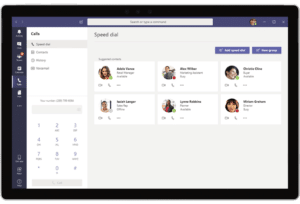

First, you need to understand why defragmentation is necessary. It’s different from clearing up your hard drive to prevent lagging.
A recent Lifehacker article goes over fragmentation and defragmentation and puts them in simple terms:
“When your computer writes data to your drive, it does so in “blocks” … Fragmentation happens when those files get split between blocks that are far away from each other. The hard drive then takes longer to read that file because the read head has to “visit” multiple spots on the platter. Defragmentation puts those blocks back in sequential order, so your drive head doesn’t have to run around the entire platter to read a single file.”
It’s important that you defrag your computer every so often. The good news is that defragging is so easy that any novice user can do it.
Here are the steps of defragging, outlined by Microsoft:
Open Disk Defragmenter by clicking the Start button .
Under Current status, select the disk you want to defragment.
To determine if the disk needs to be defragmented or not, click Analyze disk.
Click Defragment disk.
If your employees know how to open and run basic programs, then they’ll be able to defrag their computers. You also don’t have to worry about them messing with any settings.
TIP: While it’s useful to show employees how to defrag their computers, it’s even better to just set up a defragmentation schedule. This way, employees don’t have to go through the process once every week. It’ll get done on a weekly or monthly basis at a time they choose. We recommend setting up schedules with the other maintenance programs Microsoft offers.
To talk more about defragging your computer, or anything else, please contact us. Thanks.






